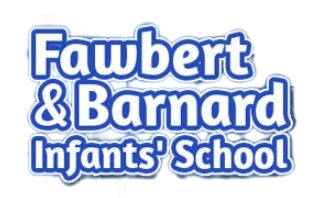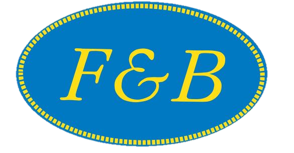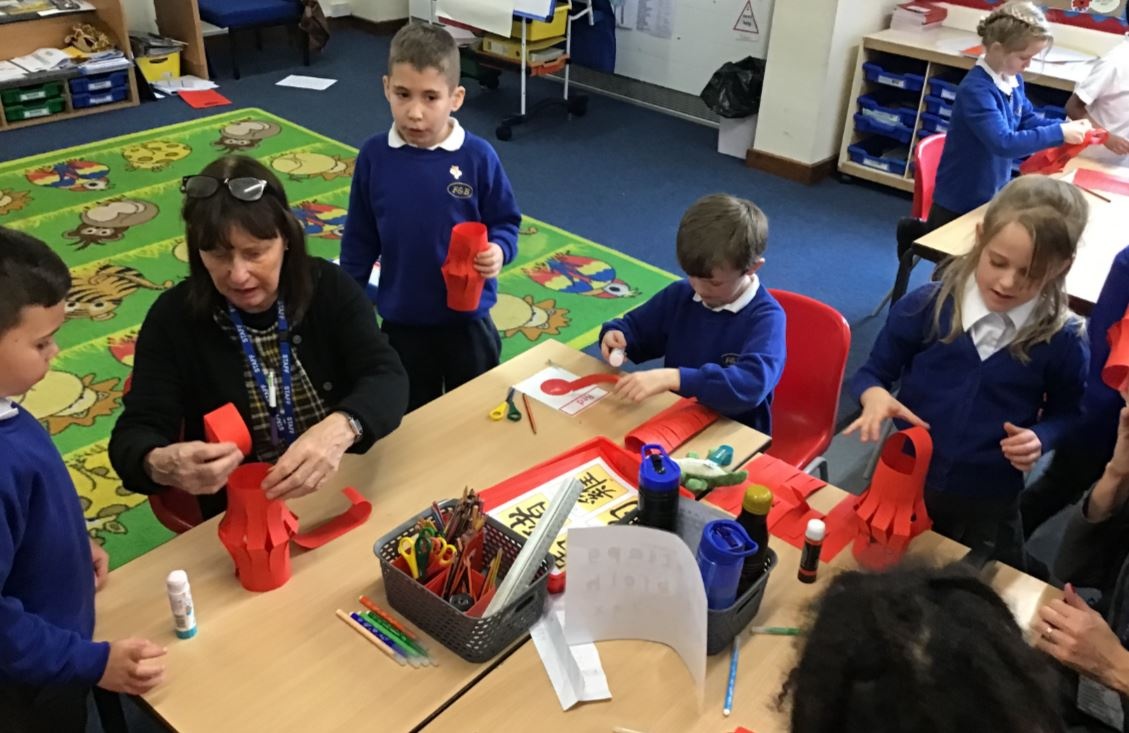Design and Technology
Aims of our Design Technology programme
At Fawbert and Barnard we are committed to ensuring every child has access to a broad and balanced curriculum. Design and Technology is an inspiring, rigorous and practical subject. Children are encouraged to learn to think and intervene creatively to solve problems both as individuals and as members of a team. At F&B, we encourage children to use their creativity and imagination, to design and make products that solve real and relevant problems within a variety of contexts, considering their own and others’ needs, wants and values. We aim to, wherever possible, link work to other areas such as mathematics, science, computing and art. The children are also given opportunities to reflect upon and evaluate past and present design technology, its uses and its effectiveness and are encouraged to become innovators and risk-takers.
Pupils' definition: Design and Technology teaches us how to make things people can use
Knowledge and Skills:
The national curriculum for Design and Technology aims to ensure that all pupils:
• develop the creative, technical and practical expertise needed to perform everyday tasks confidently and to participate successfully in an increasingly technological world
• build and apply a repertoire of knowledge, understanding and skills in order to design and make high-quality prototypes and products for a wide range of users and critique, evaluate and test their ideas and products and the work of others
• understand and apply the principles of nutrition and learn how to cook. Children will design and make a range of products. A good quality finish will be expected in all design and activities made appropriate to the age and ability of the child
What Design Technology looks like at F&B
At Fawbert and Barnard, children receive a Design and Technology curriculum which through topic themed learning allows them to exercise their creativity through designing and making. The children are taught basic designing and making skills following the design cycle of designing, making and evaluating to support them in making a product.
These progressively taught skills enable them to take ownership over their projects, considering the final outcome and making links with other subjects, such as; Art, Maths and Science.
Evaluation is an integral part of the design process. Sometimes the children begin by evaluating an existing product and investigating how it works, they also might reflect and evaluate their own finished product too which allows children to adapt and improve their product; this is a key skill which they need throughout their life.
We have resources for the children to experiment with structures, mechanisms, textiles, and food. We have our own gardening beds where the children can grow herbs and vegetables for their food products for example in Year 2 where they create their own pizzas. The children enjoy learning about axels and wheels and then use these to create moon buggies in Year 1.
Through the DT curriculum, children should be inspired by engineers, designers, chefs and architects to enable them to create a range of structures, mechanisms, textiles, electrical systems and food products with a real life purpose. The children are exposed to a wide range of great designers and makers including the engineer Isambard Kingdom Brunel in Year 2 and costume designer Jose Fernandez in Year 1.
The children’s plans and designs are recorded within their topic books, their final products are recorded on evidence me.
We will be holding regular DT events every year such as our DT week. Each year we hope to take part in the ‘Oasis of Calm’ exhibition Run by the Sawbridgeworth Sustainability Group at Great St Marys Church to spread awareness of sustainability within our community.
We have opportunities for parents to get crafty and see their children’s creations during our end of topic celebrations
We now store all Design and Technology resources centrally, which enable the Design and Technology lead to easily audit and purchase resources to ensure high quality resources are made available to teach the curriculum to a high standard. The Design and Technology lead has put web links and photos into the scheme of work to support staff with the teaching of specific or high level skills.
Design Technology Outcomes at F&B
Our curriculum design will foster a love and enjoyment of Design and Technology. Within Design and Technology, we strive to create a supportive and collaborative ethos for learning by providing investigative and enquiry based learning opportunities. Emphasis is placed on investigative learning opportunities to help children gain a coherent knowledge of understanding of each unit of work covered throughout the school.
Children learn how to take risks, becoming resourceful, innovative, enterprising and capable citizens. Through the evaluation of past and present design and technology, they develop a critical understanding of its impact on daily life and the wider world. High-quality design and technology education makes an essential contribution to the creativity, culture, wealth and well-being of the nation.
Our Design and Technology curriculum is high quality, well-thought-out and is planned to demonstrate progression. We focus on progression of knowledge and skills and discreet vocabulary progression also form part of the units of work. We measure the impact of our curriculum through the following methods:
- Capturing work physically but also digitally, along with displays, give evidence of the topic coverage and clearly show each step of learning; working through the processes of: Exploration – Investigation / Experimentation – Making final product - Evaluation
- Interviewing the pupils, Staff and parents about their learning (pupil, Staff and Parent voice).
- Moderation staff meetings where pupil’s books are scrutinised and there is the opportunity for a dialogue between teachers to understand their class’s work.
- Regular CPD sessions for all staff to develop their understanding of the curriculum and how to best deliver it.
- Annual reporting of standards across the curriculum.
Montessori
"The human hand, so delicate and so complicated, not only allows the mind to reveal itself but it enables the whole being to enter into special relationships with its environment... man 'takes possession of his environment with his hands.' His hands, under the guidance of his intellect transform this environment and thus enable him to fulfill his mission in the world."
—Maria Montessori, The Discovery of the Child
Through Montessori teaching the children learn practical creative skills, which help develop their fine motor skills. They develop skills such as pouring and weaving, which are the building blocks for their DT continued learning in KS1.
The Practical Life skills taught are:Control of movement:
- Coordination – many of the Practical Life materials are arranged on small trays, which the children must carry to their workspace. Children learn to carry items one at a time, to place their things on the table before pulling out their chair, and how to move carefully through the busy classroom.
- Fine Motor Skills – from transferring small beads carefully with a tiny spoon to learning how to weave ribbons through a rack, the Practical Life activities present many fine motor practice opportunities.





.JPG)
.JPG)